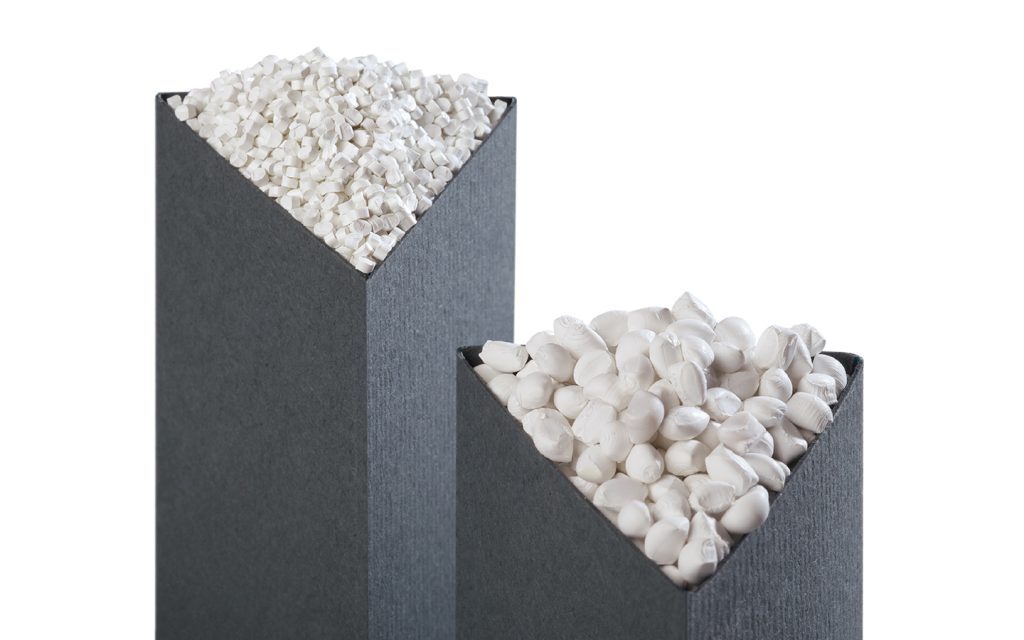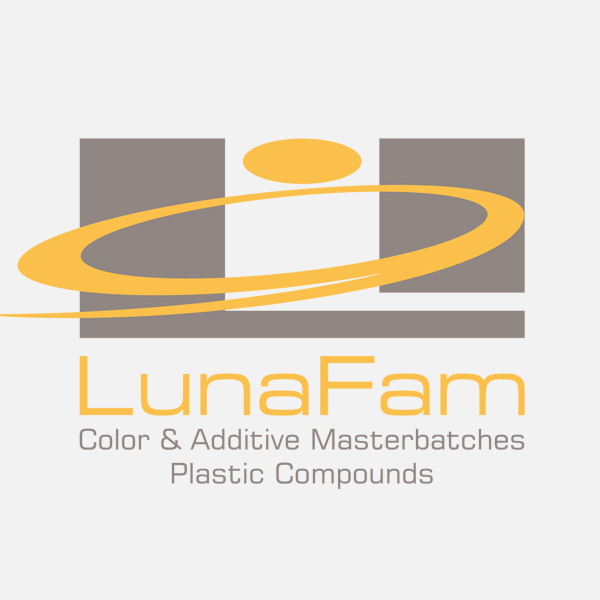
Roto Molding
Polymer rotomolding, or rotational molding, is a manufacturing process used to create hollow plastic products. It involves heating a plastic material inside a mold while rotating it biaxially (around two perpendicular axes). This ensures the material coats the mold’s interior evenly, forming the desired shape as it cools and solidifies.
Advantages:
- Design Flexibility: Suitable for complex, large, and seamless shapes.
- Cost-Effective: Lower tooling costs compared to other methods.
- Durability: Produces strong, stress-free parts with uniform wall thickness.
- Material Efficiency: Minimal waste as excess material can be reused.
Applications:
- Industrial: Tanks, containers, and housings.
- Consumer Goods: Toys, furniture, and kayaks.
- Automotive: Fuel tanks and ducting.
- Medical: Equipment housings and containers.
Materials:
Commonly used materials include polyethylene (HDPE, LDPE, LLDPE)
